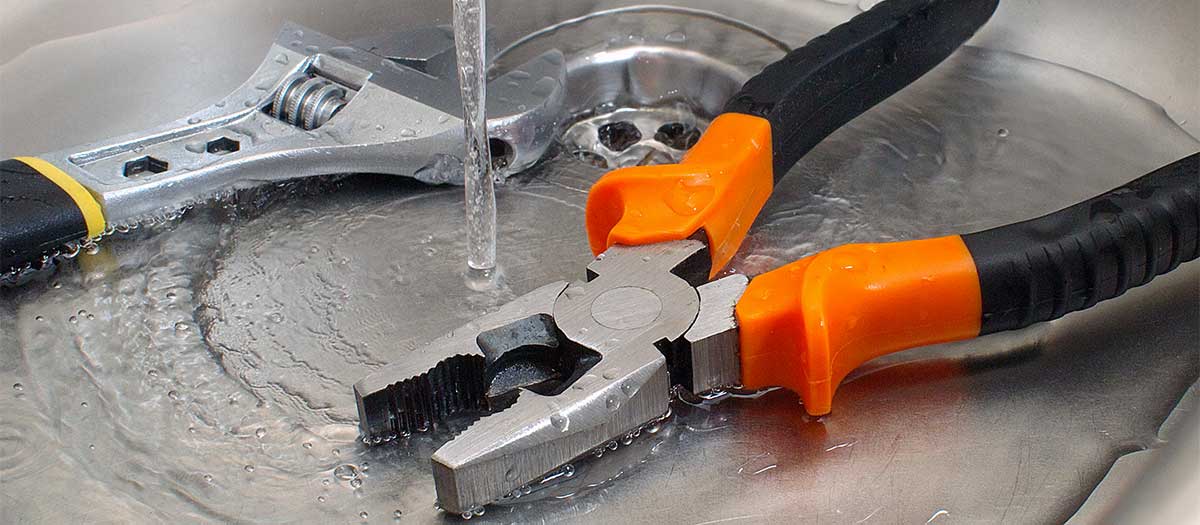Just how do you feel in regards to Think Twice Before Flushing Food Down Your Toilet?

Introduction
Lots of people are often faced with the predicament of what to do with food waste, particularly when it comes to leftovers or scraps. One common question that occurs is whether it's fine to purge food down the bathroom. In this post, we'll look into the reasons that people could take into consideration flushing food, the consequences of doing so, and different methods for correct disposal.
Reasons why people may consider flushing food
Absence of recognition
Some people may not know the potential injury caused by purging food down the bathroom. They may wrongly think that it's a safe practice.
Ease
Flushing food down the bathroom may look like a fast and easy remedy to getting rid of unwanted scraps, particularly when there's no neighboring garbage can readily available.
Idleness
In some cases, individuals may just select to flush food out of large laziness, without thinking about the repercussions of their actions.
Effects of flushing food down the commode
Environmental impact
Food waste that winds up in waterways can add to pollution and harm marine ecosystems. Furthermore, the water utilized to purge food can strain water resources.
Pipes issues
Flushing food can cause clogged up pipelines and drains pipes, creating pricey pipes repairs and hassles.
Types of food that ought to not be flushed
Fibrous foods
Foods with fibrous appearances such as celery or corn husks can get tangled in pipes and trigger obstructions.
Starchy foods
Starchy foods like pasta and rice can soak up water and swell, causing blockages in pipelines.
Oils and fats
Greasy foods like bacon or food preparation oils must never ever be flushed down the commode as they can strengthen and trigger clogs.
Correct disposal techniques for food waste
Utilizing a garbage disposal
For homes furnished with garbage disposals, food scraps can be ground up and purged with the pipes system. However, not all foods appropriate for disposal in this manner.
Recycling
Specific food packaging materials can be recycled, minimizing waste and decreasing ecological influence.
Composting
Composting is an environmentally friendly method to throw away food waste. Organic materials can be composted and used to enhance soil for horticulture.
The relevance of correct waste monitoring
Minimizing ecological harm
Correct waste administration practices, such as composting and recycling, aid decrease pollution and maintain natural deposits for future generations.
Shielding pipes systems
By avoiding the practice of flushing food down the bathroom, property owners can prevent costly plumbing fixings and keep the honesty of their pipes systems.
Verdict
Finally, while it might be alluring to flush food down the toilet for comfort, it is necessary to comprehend the possible effects of this activity. By embracing proper waste management techniques and taking care of food waste properly, people can contribute to much healthier pipes systems and a cleaner atmosphere for all.
FLUSH FOOD DOWN THE TOILET?
FLUSHING FOOD CAN CAUSE BLOCKED DRAINS IN YOUR HOME
All of the plumbing fixtures in your home are connected to the same sewer pipe outside of your home. This outdoor sewer pipe is responsible for transporting all the wastewater from your home to the Council sewer mains. Even small pieces of food that go down the kitchen sink can cause problems for your sewer. It should therefore be obvious that flushing larger bits of food, such as meat, risks a clog in either the toilet itself or the sewer pipes. Flushing greasy food is even more problematic because oil coagulates when it cools, coating the interior lining of your pipes.
THE TOILET IS NOT A BIN
Food isn’t the only thing that people shouldn’t be flushing down the toilet. People use the toilet to dispose of all kinds of things such as tampons, makeup wipes, dental floss, kitty litter and even underwear. Water goes to great lengths to educate residents about the high costs and stress placed on wastewater treatment systems simply from people flushing the wrong stuff down the toilet. It costs taxpayers millions of dollars each year, and homeowners thousands in blocked drain repairs.
FLUSHING FOOD IS A WASTE OF WATER
Flushing food is a waste of our most precious resource - water. In June this year Level 1 water restrictions were introduced to protect water supply from drought conditions. Much of New South Wales continues to be affected by prolonged drought with recent figures revealing up to 97 per cent of the state remains in drought. Depending on whether you have a single or dual flush toilet, every single flush uses between five and 11 litres of water. In the current climate this is a huge amount of water to be wasting on flushing food that should be placed in the bin (or better yet, the compost).
https://www.jabplumbingsolutions.com.au/blog/can-you-flush-food-down-the-toilet

I was shown that editorial on through an associate on a different web blog. Are you aware of somebody who is looking into the topic? Be sure promote it. Thanks a bunch for your time. Come back soon.
Call Today

